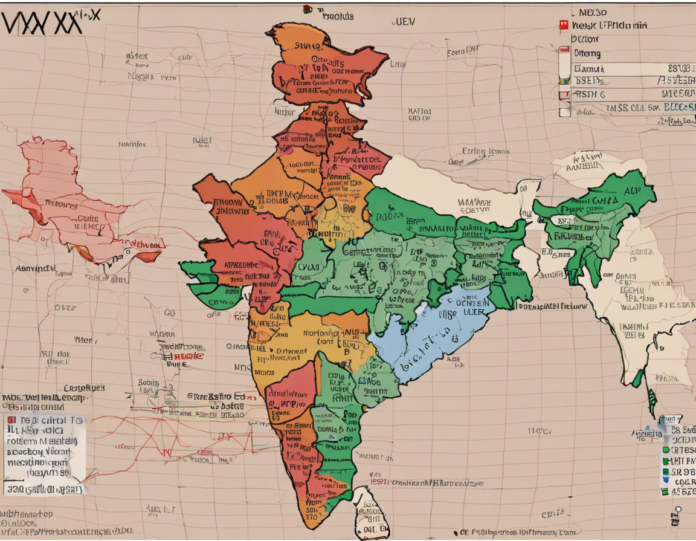Introduction:
India VIX, also known as the India Volatility Index, is a key indicator used by investors and traders to gauge market volatility and sentiment. In this article, we will delve into what India VIX is, how it is calculated, why it is important, and how it can be used by market participants to make informed decisions.
What is India VIX?
India VIX is a measure of the market’s expectation of volatility over the next 30 calendar days. It is calculated based on the order book of the NIFTY index options. Simply put, it reflects the investor’s expectations of market volatility.
How is India VIX calculated?
India VIX is calculated using the Black-Scholes model, which takes into account the prices of NIFTY options to derive the expected volatility. The formula considers factors such as time to expiry, risk-free interest rate, and strike price of NIFTY options.
Why is India VIX important?
India VIX is important because it provides insights into market sentiment and helps investors assess the level of risk in the market. A high India VIX indicates a higher level of volatility and uncertainty, while a low VIX suggests stability and confidence in the market.
How can India VIX be used by traders?
– Risk management: Traders can use India VIX to adjust their risk management strategies based on the expected volatility in the market.
– Trading strategies: India VIX can help traders determine whether to adopt a conservative or aggressive trading strategy based on the prevailing market conditions.
– Market timing: India VIX can be used to time market entries and exits, with higher VIX levels indicating potential buying opportunities during market dips.
Interpreting India VIX levels:
– Low VIX (Below 15): Indicates low market volatility and complacency among investors.
– Moderate VIX (15-25): Represents average market volatility and a balanced risk-reward scenario.
– High VIX (Above 25): Signifies heightened market volatility and increased risk aversion among investors.
Factors influencing India VIX:
– Global events: Geopolitical tensions, economic data releases, and global market movements can impact India VIX.
– Earnings season: Quarterly earnings reports of companies listed on NIFTY can influence market volatility.
– Interest rates: Changes in interest rates by the central bank can lead to fluctuations in India VIX.
FAQs (Frequently Asked Questions):
1. What is the role of India VIX in options trading?
India VIX helps options traders assess the expected volatility in the market, influencing their decisions on option buying, selling, or hedging strategies.
-
How often is India VIX updated?
India VIX is updated in real-time during market hours, reflecting the latest changes in market sentiment and volatility expectations. -
Can India VIX predict market movements?
While India VIX indicates expected volatility, it does not predict the direction of market movements. Traders should use additional analysis and tools for market forecasting. -
Is India VIX the same as the US VIX?
India VIX and the US VIX are similar in concept but have differences in calculation methodologies and underlying securities (NIFTY options for India VIX and S&P 500 options for US VIX). -
How can investors hedge using India VIX?
Investors can hedge their portfolios using India VIX by buying VIX futures or options to offset potential losses during periods of increased market volatility.
Conclusion:
India VIX is a valuable tool that provides insights into market volatility and sentiment, aiding traders and investors in making informed decisions. By understanding how India VIX is calculated, interpreting its levels, and using it strategically in trading, market participants can navigate through volatile market conditions with greater confidence and risk management capabilities.









